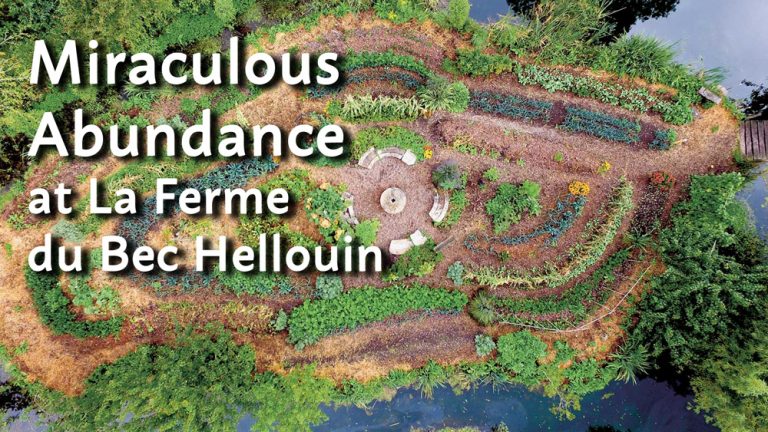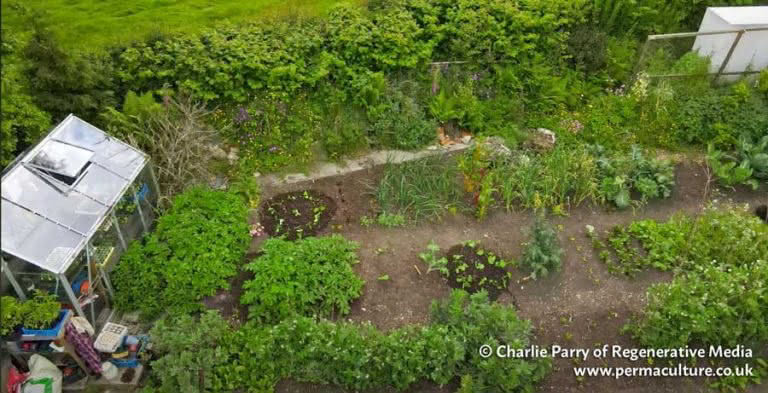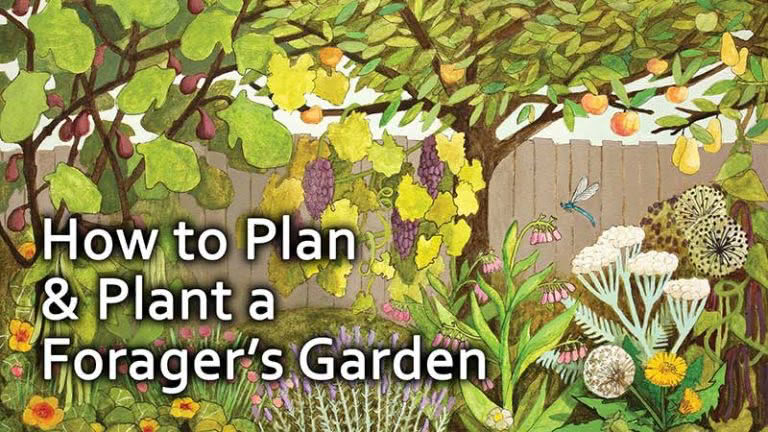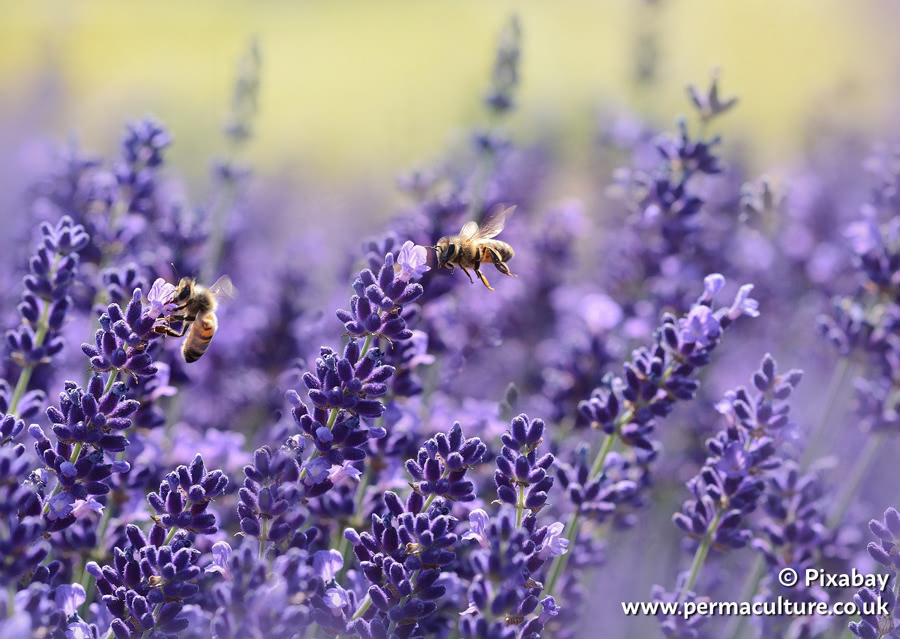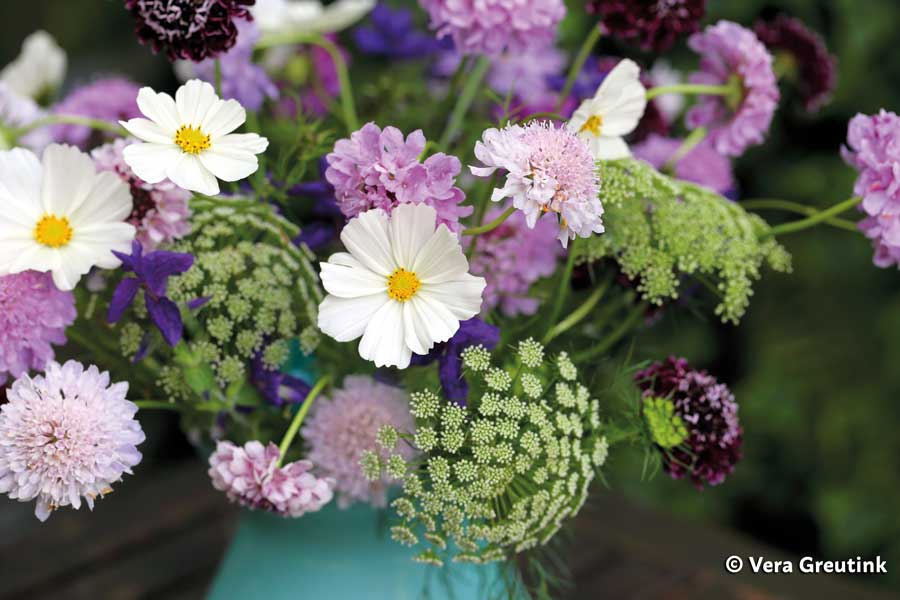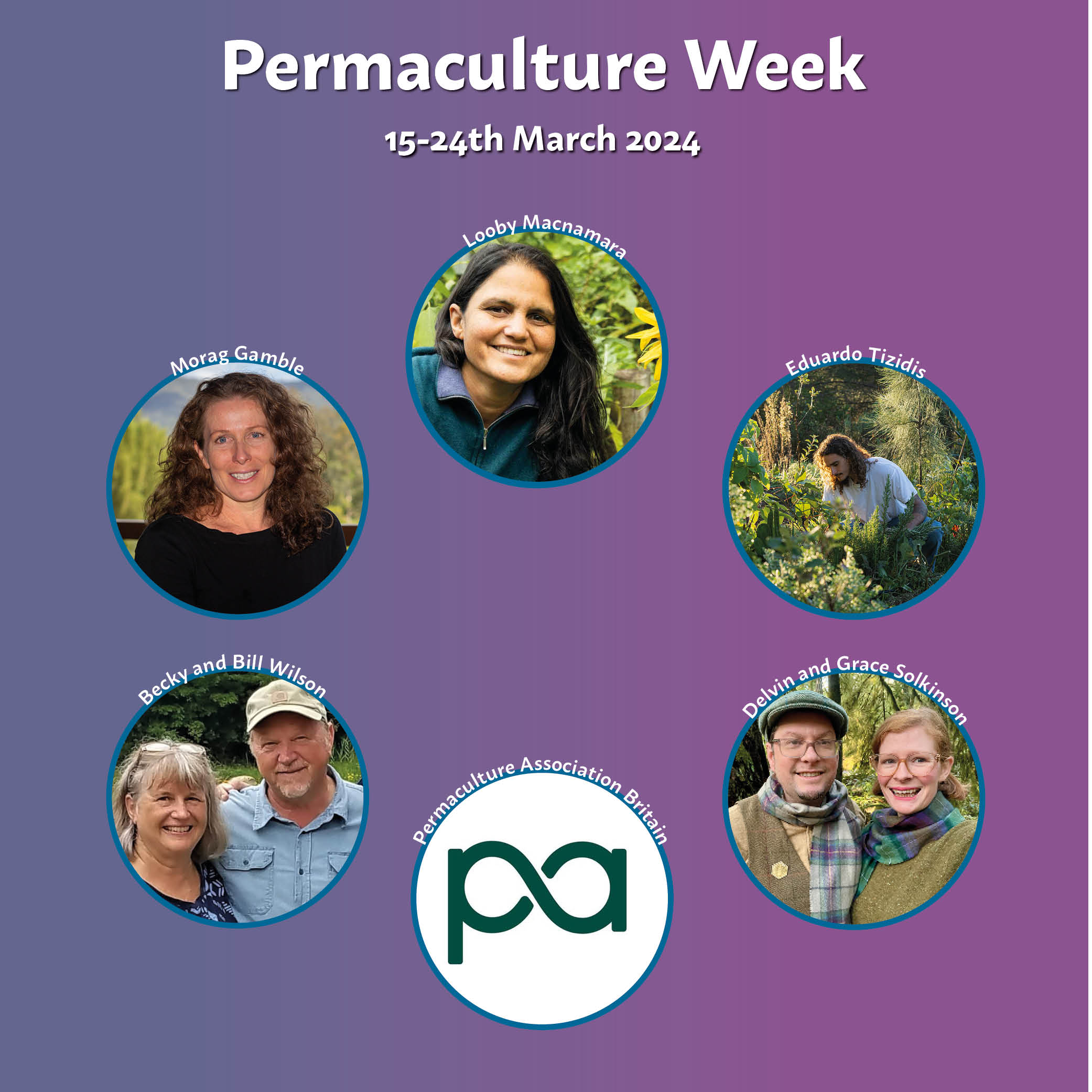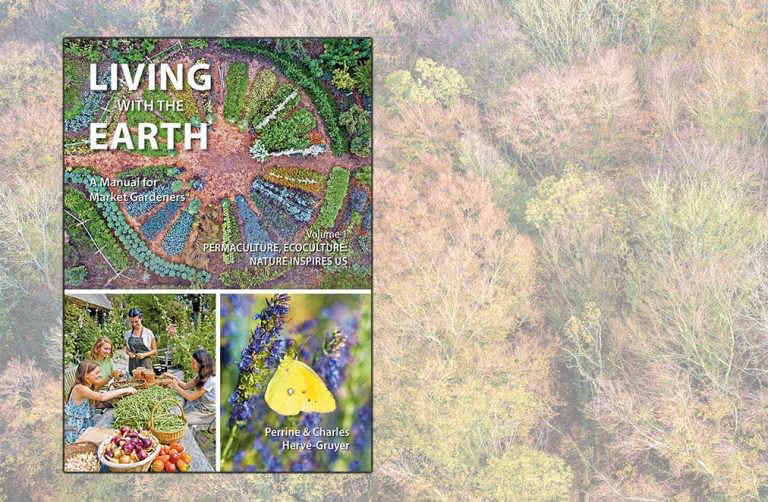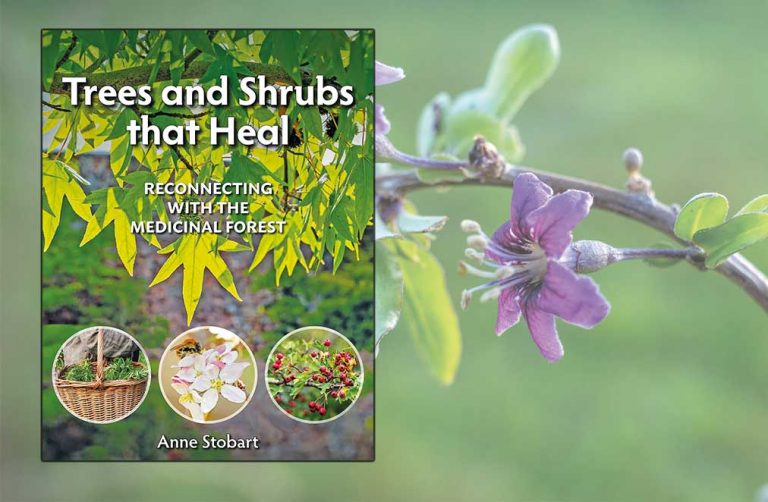Wherever possible permaculture advocates the use of biological resources. The most obvious example is on the farm and in the garden. Instead of buying a bag of chemically produced fertiliser, we can grow nitrogen fixing plants on site, such as Siberian pea tree, gorse or broom. These feed the food plants around them, both from their roots and from being cut and used as mulch around the stems and trunks of the food plants.
We can also grow our green manures like red clover, phacelia and mustard and then turn them back into the soil. We sow red clover once our garlic crop has got away. It acts as a cover crop and reduces weed between the garlic. It also fixes nitrogen and fertilises the garlic. It is a good arrangement!
Other examples are: using chickens in tractors to weed and manure areas; using compost teas on the farm; using pigs to plough the soil and manure it to prepare it for crops; using ducks to control slugs and snails; using geese for weeding; using pigs to turn the spoilt straw that has had cattle on it in the winter in a barn to help speed up the composting process; using horses to extract timber in steeply sloped woodlands; companion planting for pest control; using plants to shade buildings instead of air conditioning; planting living fences instead of wire; even weaving beautiful and resilient living bridges instead of using wood and rope in India … the examples are endless!
People are also biological resources. With increasing reliance on technology in industrialised cultures, we have more and more unused or underused people, particularly the young and the elderly. These people can feel like they are a drain on an industrialised culture. The young are often regarded with fear when they gather in groups but with high unemployment in the under 25s and little to do, what other alternatives are there?
We have a huge problem with impending climate change (read Lord Stern on climate change and the alternative route to mitigation). We need to not only protect our existing forests but also reforest areas in any country in the world that has land below the tree line. Economically failing post-industrial cultures have an opportunity here. Instead of paying the young to sit at home, why can’t we harness their youthful energy? We need to start a massive tree planting programme in the USA and Europe to lock up carbon in biomass. We need to actively engage our youth in climate change mitigation, after all, the future belongs to them, not the middle aged and old. This would not exactly be like National Service, but could be designed as an educational programme/rite of passage that teaches Earth Restoration and tree planting, and would engage all 18-year-olds for a year. Framed properly, it would give hope to a generation and could add practical environmental skills to their portfolios as well.
The elderly too should not be discarded as no longer useful once they have reached retirement age. Many older people have skills that are being lost to the younger generations. In New Zealand there is a ‘Super Gran’ scheme. ‘Domestically challenged’ parents can learn how to cook meals, to knit and make clothes, even how to make a vegetable garden. One family viewed their ‘super gran’ as a substitute grandmother to her three daughters who rarely saw their own grandparents in Korea.
We have so many elderly people in our society who live alone and are lonely. They were also born in a time before televisions and computers, when many people kept chickens and grew vegetables and made their own clothes. They have skills that we will need in the future if we don’t indeed need them now.
Helena Norber-Hodge once showed me an uncut version of her film, Paradise with Side Effects. It was the story of two Ladakh women who were community leaders. They came to the West to see how we lived and experienced the great contradictions in our society. They saw food thrown away in the streets, the extreme wealth in the London West End, beggars in the Underground, and they also visited an old peoples’ home. There they met an old lady who sat alone in her room, watching TV all day. They asked, “Where are her family?” It was inconceivable that such a wealthy society would abandon their elders. They wept for the loneliness of this old lady. I wept too as I watched Helena’s film.
As we rebuild our fragmented society, we can rebuild those inter-generational links that characterise traditional cultures. The young should not be left unemployed on the streets without a positive role to play in our society and the old should not be abandoned. Let us, as permaculturists, develop a vision and designs that will integrate all of our ‘biological resources’, not just the ones in the garden or the farm, but also the marginalised people in our society.
Maddy Harland is the co-founder and editor of Permaculture magazine and author of Fertile Edges – Regenerating the land, culture and hope.
